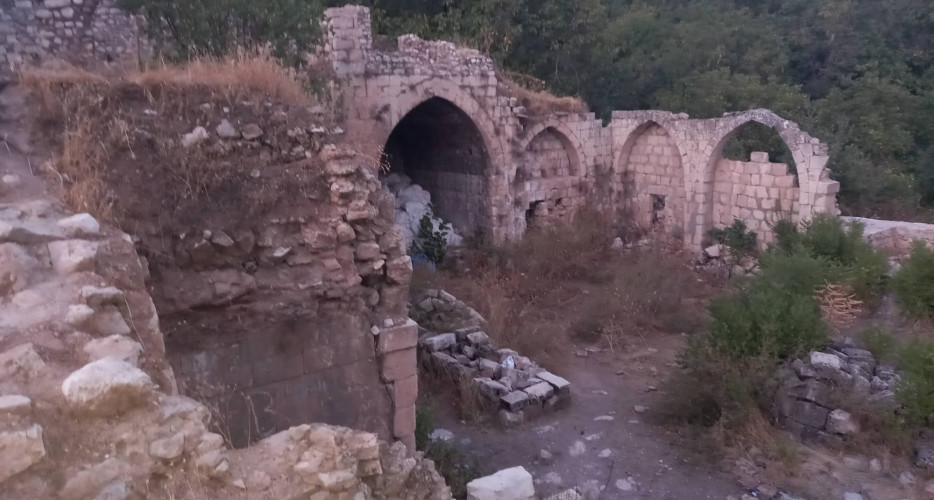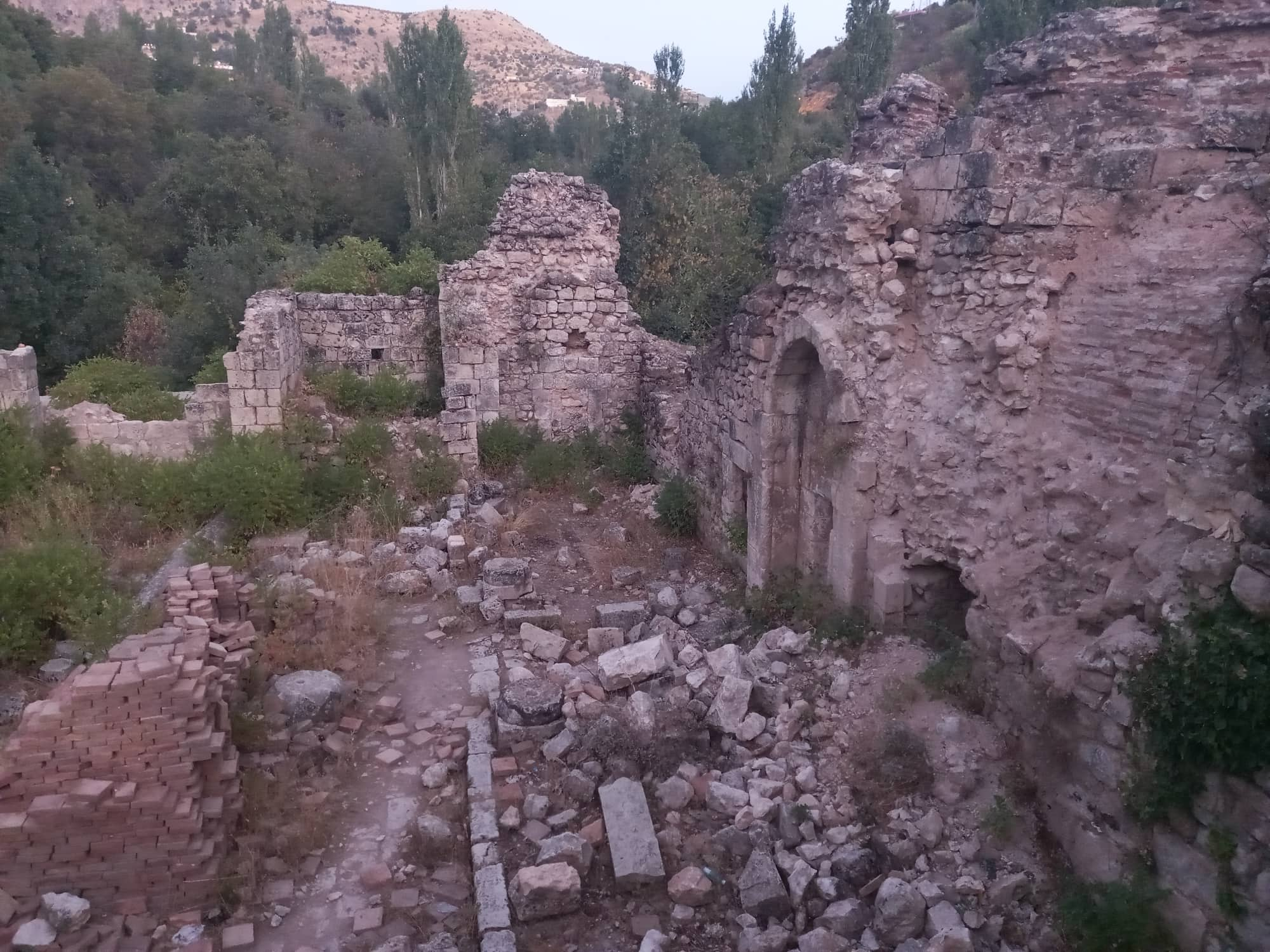
Peregraf– Amar Aziz
Dozens of historical monuments in Duhok governorate are threatened by fighting between the Turkish military and the Kurdistan Workers’ Party (PKK), raising the possibility that invaluable cultural heritage could be lost forever.
There are an estimated 6,000 archaeological sites in the Kurdistan Region. In Duhok, approximately 2,000 have been formally registered with the governorate’s general directorate of archaeology, but it is thought that there are another 1,000 that are not yet listed.
"In the districts of Amedi, Akre, and Zakho, 79 archaeological sites are in danger of being destroyed and burned as a result of continued Turkish bombardment of the area and fighting with the PKK," Bekush Brifkani, director-general of archaeology in Duhok governorate, told Peregraf.
The greatest danger is in the Barwary Bala area, which is located between Matin Mountain and the border with Turkey and is home to Halur Citadel, the Shrine of Sheikh Islam, the Kesta school dedicated to the Princes of Badinan, and numerous churches and historical graveyards.
"Unfortunately, it is all about to disappear because of the war," Brifkani said.
Fighting between Turkey and the PKK has raged for years in the mountains of the Kurdistan Region, with Duhok the site of intensive ground and air operations. Brushfires sparked by explosions are common in the dry summer months.
Ankara launched its latest campaign, dubbed "Operation Claw-Lock," on April 18, with fighting continuing since then.

In Zakho, at least 30 archeological sites are in danger, archaeologist Kovan Ishan told Peregraf.
"Around Matin and Gara mountain, where Turkey and the PKK fight. For example, a rocket hit the shrine of Sheikh Islam Hakkari a few years ago. He was a Sufi leader who died in 587 and its history dates back to the Abbasid era," Ishan continued.
"Near Nerwa and Rekan, where there are important sites such as the village of Hetut and the Kurzhari area, fighting also continues," he added.
"In all the areas I mentioned, archaeological sites have been damaged and there are some caves that the PKK uses as shelters and Turkey bombards and damages them."
Ishan has been documenting the Kurdistan Region's archaeological sites since 2009 and has sent a detailed report to colleagues at Harvard University, which includedsinformation about the damage to local cultural heritage.
In the report, he urged the university to work with UNESCO to protect vulnerable locations, which include neolithic, Sumerian, Babylonian, Median, and Mitanni sites.
"The Turkish bombardment of the border areas, especially in Amedi, Zakho and Akre districts, poses a threat to everything, not just [archaeological sites]," Hashyar Fariq, head of the KDP caucus in the Duhok Provincial Council, told Peregraf.
A committee was formed a year ago to investigate the issue, but the full council has not held any special meetings on the issue, Fariq said.
The KDP politician said that the PKK did not belong in the Kurdistan Region, arguing that its presence gave Turkey a pretext to stage cross-border attacks.
Previously, Duhok Provincial Council member Rizgar Sdqi told Peregraf that 34 civilians have been killed and hundreds of others injured over the past four years. At least 25 villages have been evacuated and more than 6,000 acres of land burned.
Turkey has 37 military and intelligence bases in the Kurdistan Region, including some 35 kilometers inside the border, according to a report by Community peacemaker Teams.